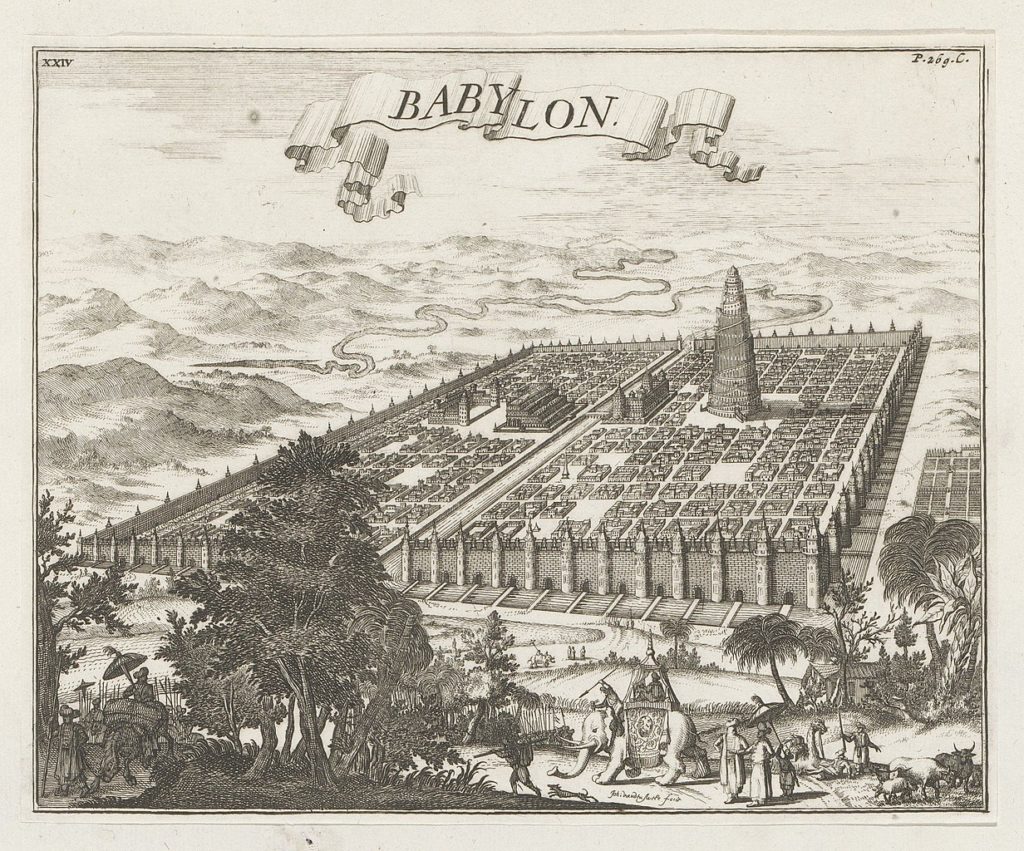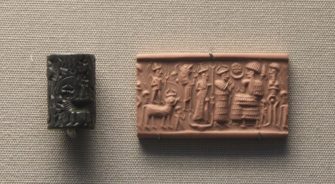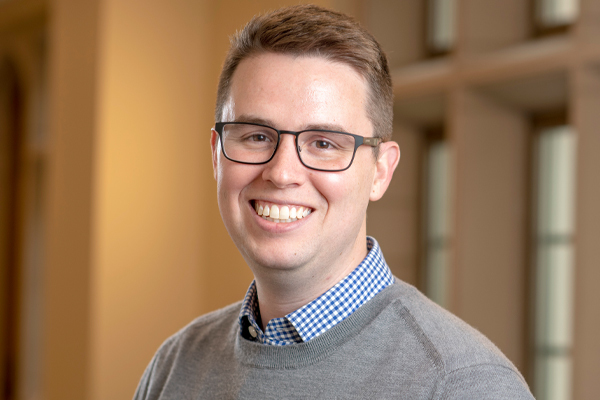
Khaled Furani’s Redeeming Anthropology is an incisive, bold, and polemical book which asks anthropologists to re-examine their attempted severing of ties from theology. While aimed primarily at the field of anthropology, the book poses questions that are relevant to the wider humanities. I see Furani’s book as an intervention that will push scholars of religion, literary theorists, theologians, and others to re-examine the fundamental theoretical tools with which they engage their disciplines. Drawing on interviews and archival research, Furani uses anthropologists’ own words to challenge the idea that the field has ever been as distinct from theology as it claims. It has constructed what he calls an “anthropodom” via various metaphorical “panes” and attempted to seal itself off from theology. It has done so primarily by claiming reason as its sovereign guide and culture as the object of its study. This claim, of course, has not gone uncontested. And yet, even those who argue that theological residues or resonances remain in the anthropological project have never seemed to escape the appeal of secular reason as a guidepost.
Drawing on interviews and archival research, Furani uses anthropologists’ own words to challenge the idea that the field has ever been as distinct from theology as it claims.
The book can be divided into roughly two parts. The first deals with how anthropologists have erected and maintained the anthropodom via various strategies. The second deals with how opening anthropology up to theology as a critical tool might prove useful. While the first part of the book proves fascinating in its details and erudite in its scholarship—particularly relevant and interesting for scholars of religion is Furani’s interview with Talal Asad, where the latter reveals the importance of his mother’s religious practice as part of the impetus for his critique of Geertz’s belief-centered approach to religion—I want to focus in this brief post on the second half of the book. Here Furani shows how anthropologists might draw on theology to enable them to dethrone secular reason in favor, if not of theology per se, then a theology inflected vision of the world that is willing to extend itself beyond the modern secular sciences. I’ll argue that this vision of theology is (1) welcome insofar as it breaks down artificial barriers between the humanities, social sciences, and theology; and (2) risky insofar as it does not delimit what kind of theology it might bring into these fields when it does so.
Fallibility and Idolatry
For Furani, it is the concept of idolatry, born out of the traditions of Judaism, Christianity, and Islam that proves most useful for his purposes. Idolatry is the mistaking of the finite for the infinite; God for an idol; the representation for the real. In the case of anthropology, Furani argues,
To recognize idolatry in anthropodom, constituted as a particular disciplinary application of secular sovereign reason, means in part to recognize ways in which modern anthropology builds itself upon false worship, misplaced trust, and categorical conflation when taking the Cultural (or its categorical cognates) to be all that there is to multiplicity in and of the world. (149)
In other words, in setting reason up as the means by which the anthropologist understands the culture of the “other,” anthropology necessarily limits the way it encounters diversity in the world. Everything the anthropologist sets his sights on becomes subsumed under the category of culture and is deciphered by reason. A ritual sacrifice, for example, is read as a means of establishing a hierarchical social order rather than an act done to appease God. The anthropologist can see this through her interpretive lens, even if the practitioner does not—indeed the practitioner is more likely focused on establishing a relationship to God rather than the social outcomes of the practice.
This way of incorporating theology into the field of anthropology, in my mind, is a welcome intervention. Given the persuasiveness of genealogical accounts from anthropologists like Talal Asad and Saba Mahmood and scholars of political theology like Bonnie Honig and Paul Khan, it seems that such a move is a logical next step for those who do not wish to remain beholden to the false God of secular reason.
Yet, as I read these pages, I began to wonder if the category of idolatry, while offering a heft to the critical approach that Furani is advocating, is all that different from the less provocative, though similarly oriented, concept of fallibility. Indeed, fallibility is built into the exercise of secular reason, at least it is when it is practiced well. Pragmatists like Charles Sanders Peirce, William James, and John Dewey, for example, held up fallibility as an epistemic virtue that was necessary in light of our finitude as human beings. Truth for the pragmatist is contestable and unresolved. And it is the lack of settlement that makes it possible for the pursuit of knowledge in various fields to continue. A doubt arises about some settled truth, we form a hypothesis that might change our understanding of what is true, and then we test this hypothesis.
Why, then, do we need idolatry to recognize our false claims to possess the absolute when fallibilism will do? Is it just to offer religious people a piece of the secular pie? Or is it a concept that bears more weight upon further investigation?
Whose Revelation?
This leads me to the second point that I want to make, which concerns the kind of theology we are letting into the humanities when we take this route. The idolatry that Furani wishes to mobilize against the sovereignty of secular reason is one I imagine will sit comfortably with the current postsecular moment in the academy. Furani’s claim in the conclusion, however, that we should also be more attentive to revelation, is one that I think might ruffle the feathers of the more sensitive seculars among us.
On the value of revelation, Furani writes:
Theology offers revelation as a chief means for averting confusion as to where sovereignty justifiably belongs, for precluding it from realms where all is finite and transient, where none can ultimately be self-sufficient. I see revelation as a possible resource in revitalizing anthropology’s forms of reasoning, by helping it first to recognize and then retrace its steps, this time away from sovereignty’s stalemates and degrading entrapments, where all that is asked is only what—in sovereignscape—can safely be answered (180).
To allow revelation to speak for itself rather than to try to discipline it via secular reason is a task that Furani sets before us. To do so would allow for a kind of multiplicity that is currently taboo not only in anthropology but also in the wider humanities. Using religious studies as an example, to employ revelation as an analytical concept would be considered by most scholars of religion to cross over from the field of religious studies to theology—to violate a boundary marking an epistemic divide. Following Furani, I think we would be right to be suspicious of the claim that the two were ever as sealed off from one another as we might think. Yet what this means for how we engage theology requires more scrutiny.
Why, then, do we need idolatry to recognize our false claims to possess the absolute, when fallibilism will do? Is it just to offer religious people a piece of the secular pie? Or is it a concept that bears more weight upon further investigation?
My worry here though is not that we will allow the kind of theology Furani describes throughout the book—this is one that can humble claims of the secular human sciences. Indeed this is a theology that I have suggested is pragmatic. It is fallible, open to multiplicity, and suspicious of claims to sovereignty. But what of the more controversial concepts that theology might bring to bear on anthropology?
In the conclusion of the book, Furani writes, “one is not to suppose that all [theology’s] lessons merit heeding.” But exactly how we make the judgment as to which theology is worth heeding and which is not requires the use of reason, adjudication, and interpretation. It requires an interpretation of theology that picks up what it finds useful and discards what it does not. However, Furani does not really explain his criteria for letting in some theological concepts and not others. In advocating the importation of theology without the burden of secular reason, Furani does open up space to let in forms of theology many I suspect would be less comfortable with. The risk of allowing, for example, dogma, gender complementarity, patriarchy, and other “theological” concepts is not foreclosed in Furani’s analysis.
At the End of the World
I want to move toward a conclusion via an allegorical story from the science fiction writer Ted Chiang. I do this in the spirit of both Furani’s book, which I think is beautifully written and employs analogical thinking usefully in making its argument, and in the spirit of Ebrahim Moosa, whose inauguration as Mirza Family Professor of Islamic Thought and Muslim Societies is the occasion for this symposium on Furani’s work, and for whom literature has often served as a guide for his thinking.
In “The Tower of Babylon” (from Stories of Your Life and Others) Chiang reimagines the story of the tower of babel from the perspective of a miner who is employed to climb the tower and dig upward into the vault of heaven, a vault that it turns out is made of granite and requires human ingenuity to crack open. Along the journey up the tower many of his fellow workers wonder if what they are being employed to do is an act of hubris. There is story of a flood that led to a great deal of destruction which resulted from previous attempts to crack open the vault. Further, as they climb they pass by all the features that make the natural world humans inhabit familiar, including the sun, stars, and villages that people have built along the path up the tower. They are treading in unfamiliar and dangerous territory. Nonetheless, the miners proceed up the tower, finally arriving just below the vault to heaven in order to complete their work. Over the span of many years they slowly chip away at the granite by warming it with fire so that it will crake more easily. They then employ their pickaxes to break up the loosened granite. Eventually our protagonist miner cracks open the vault and is nearly drowned when a deluge of water follows. He finds himself trapped with a few other workers as those left behind seal them off in the tunnel to avoid being caught in the deluge. After swimming up through the tunnel that has burst open, he awakens to find himself on the ground. For some time he struggles through this new space, unsure of where he has arrived. Eventually he runs into a caravan. He is told by a man in the caravan that he is in the land of Shinar, exactly where he began his journey. The protagonist reaches the conclusion that the world is not arranged vertically with the natural world and humans living below and God above in the heavens. Rather the world is arranged like a seal cylinder where heaven and Earth are not separated but exist alongside one other. Without getting into exactly how this world looks—one can spend plenty of time on reddit looking at various people’s attempts to describe what this world looks like—the conclusion seems to be that when we look into the heavens we are in fact looking at ourselves, albeit from a different vantage point.

I could not help but think of Chiang’s work as I read Furani’s book, especially given the metaphorical description of the anthropodom which its inhabitants have attempted to construct to separate themselves from theology, i.e. the heavens. Reading Furani and Chiang together I wonder if we might begin to think of the anthropodom and theology not as separate spheres arranged vertically but as overlapping and indeed inseparable ones. Here, rather than leaks of theology showing up in the anthropodom we might imagine theology and the secular as already breathing the same air, so to speak; immanence and transcendence are not above and below but intermixed and porous.
And here we might also find ourselves in a position where sovereignty does not reign as there is neither an “above” or “below” and neither reason nor theology is king. Rather both exist alongside us as fallible sciences.
This is perhaps not so far from where Furani wants us to go as we reach the end of the book. And yet, I want to push here the metaphorical distinction between theology and reason to say that they have never really been separate. If this is the case, then the distinction between theology and anthropology falls away all the more and reason and revelation become co-inhabitants of a common world, where the desire for the purely secular or the purely theological both fall by the wayside. Perhaps then what is possible is not only the humbling of anthropology by theology, as seems to be Furani’s aim, but a mutual humbling that requires that we use practical reason in any given situation to determine which concepts to employ, and how.

